Pablo Picasso was not just a master of art; he was a master of human nature. Of all the things that we can learn from him, one of the most important is the power of simplicity.
“Art,” said Picasso, “is the elimination of the unnecessary.” And he actively practiced what he preached. Perhaps the finest example of his artistic and philosophical approach can be seen in his series entitled, simply, Bull.
Pablo Picasso: The bull lithographs
From 5 December 1945 to 17 January 1946, Picasso worked on 11 lithographs, the images of which can be seen in the slideshow below. (Hover the mouse over the image and use the arrow keys to find Plate 1. The slideshow runs automatically but you can pause any time.)

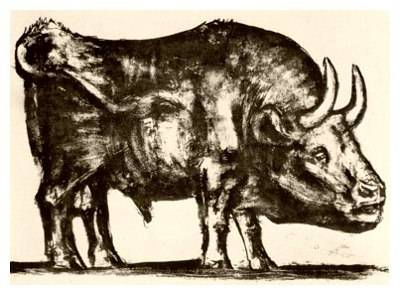

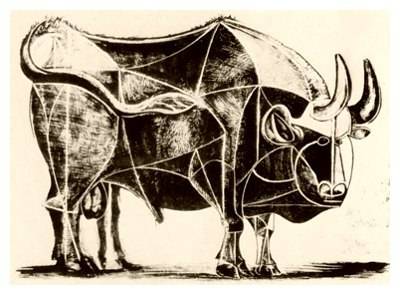
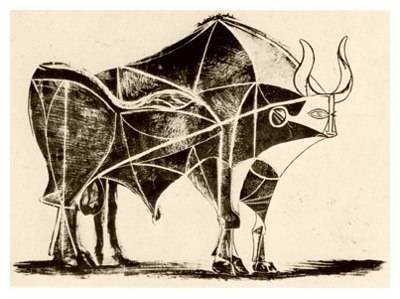

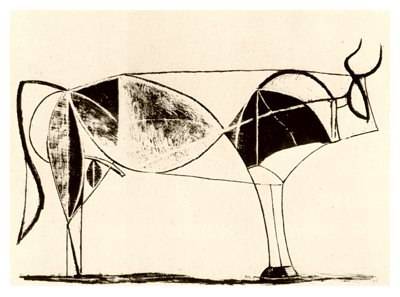
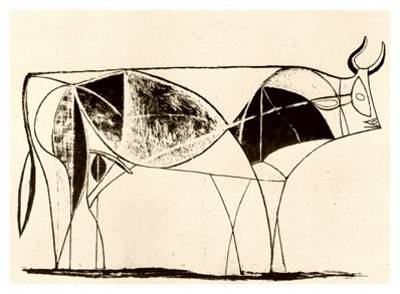
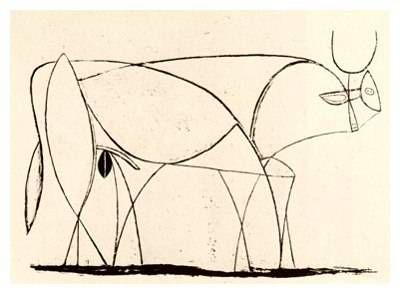
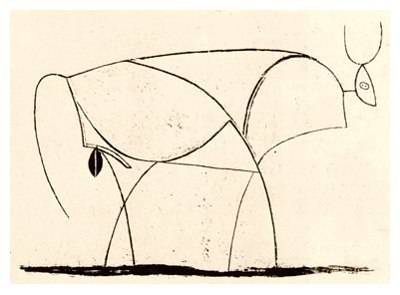
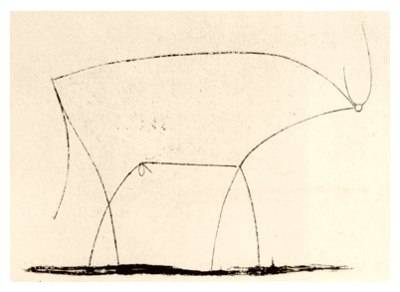
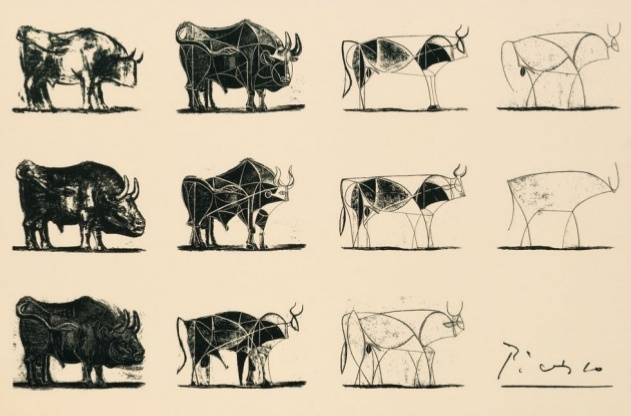
According to Artyfactory, a website offering free art and design lessons,
In this series of images, all pulled from a single stone, Picasso visually dissects the image of a bull to discover its essential presence through a progressive analysis of its form. Each plate is a successive stage in an investigation to find the absolute ‘spirit’ of the beast.
Finding the essence of the subject
What does this have to do with public speaking? One of the main reasons why so many presentations fail to hit their mark is because the speaker tries to cover too much in too little time. The result is often information overload and an unclear message. This series of lithographs by Pablo Picasso offers us a guideline when it comes to designing our presentations.
In Plate No. 1, Picasso starts with a clear, realistic image of a bull. Similarly, when you create a presentation, you should have a clear idea of what your message is and how you are going to support it (stories, examples, exercises, images, data, etc.).
In Plate No. 2, Picasso beefs up the bull—so to speak—adding much more detail. In the same vein, you should collect as many ideas as possible that could go into your presentation. Be creative; be flexible. The beginning of process is not the time for editing; it is the time for generating as many ideas as possible.
In Plate No. 3, Picasso begins to take away from the bull. We can see the first lines that begin to dissect the bull into its component parts such as the rump, the flank and the chuck. Likewise, once you have all your ideas for your presentation on the table, you have to prioritize them and organize them, thus giving structure to the presentation.
In Plates No. 4 to 8, Picasso progressively simplifies the bull, making it smaller and more compact. In the same way, you should endeavour to simplify your presentations and remove any unnecessary material. If your subject is complex, acknowledge the complexity at the outset of your presentation but only focus your talk on a few key aspects. One way to get rid of the urge to add more and more to a presentation is to prepared a detailed handout for the audience. In this way, it will be easier for them to follow your presentation and they can always read more details later.
In Plates No. 9 to 11, Picasso continues to remove lines and details until he “captures the absolute essence of the creature in as concise an image as possible.” And this should be the objective of every presenter. Of course, you cannot remove everything from your presentation and some topics are inherently more complex than others.
As Albert Einstein said, “Make everything as simple as possible but no simpler.”
Simplicity is a hallmark of good public speaking
Never underestimate the power of simplicity in a presentation. There is another benefit to distilling a presentation down to its essence. If you find that your allotted time has been reduced, you will have a much easier time of adjusting in the moment and knowing what to cut and what to keep. For other helpful ideas in this regard, have a look at this post.
A final observation. Notice how, as the bull evolves, Picasso plays with the head and the tail. Think of this as adjusting your opening and conclusion, two critical moments in any presentation. As you work on your presentation, think of ways in which to craft a compelling opening and a powerful conclusion.
So there you have it. The next time you have to prepare a presentation, spare a thought for Pablo Picasso and his lithographs. It takes courage to move away from complexity and toward simplicity. But if you do, you’ll end up with a leaner, cleaner, more effective presentation.
And that’s no bull.
















9 Replies to “Design your presentation like Pablo Picasso”
As usual, very inspiring insight from John.
Great comparative analysis and imagery. Always enjoyed Picasso. Sweet and succinct. Thanks for giving me anchors.
Cheers, Dana. Glad you enjoyed it.
Thanks, Christina.
eye opening…
Thanks John. At this point in life, it seems that we are never learning something new, we know presentations should be simple, however, a post like arriving in the proper occasion, makes one really use it! Great.
Many thanks, Nuno. Much appreciated.
I really enjoyed this post John – an original (and sticky) take on simplicity!
Thanks, Bryan. It’s hard not to like Picasso.